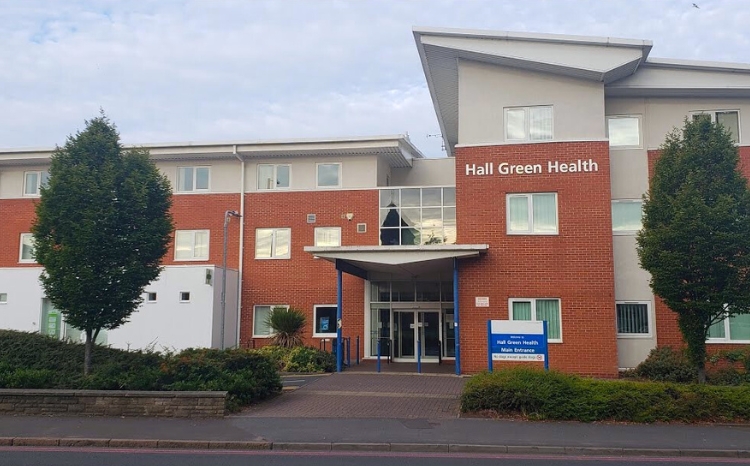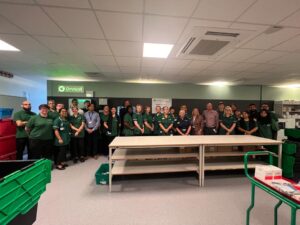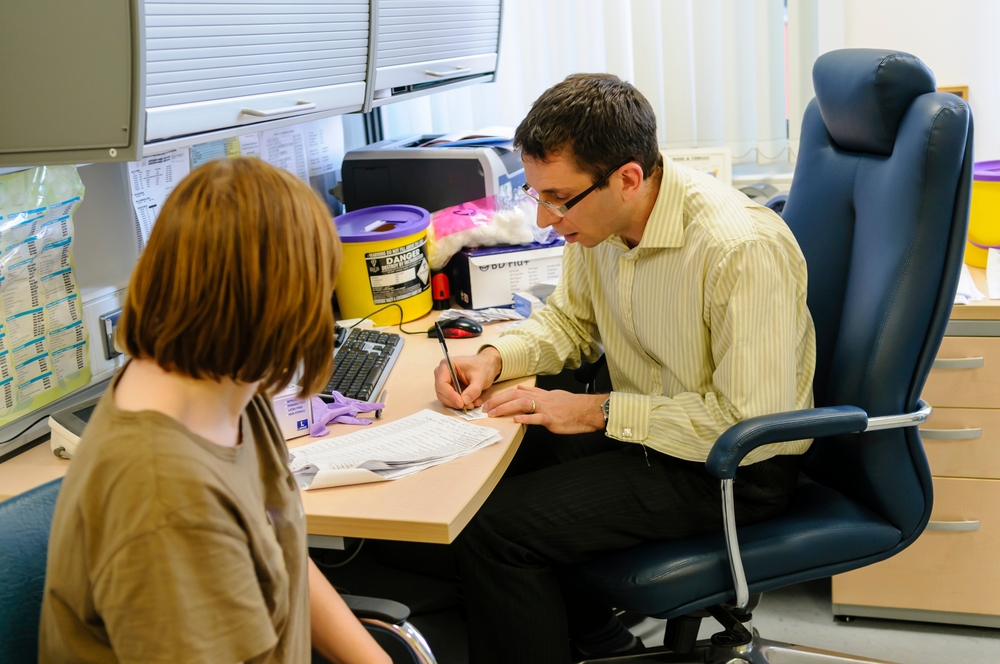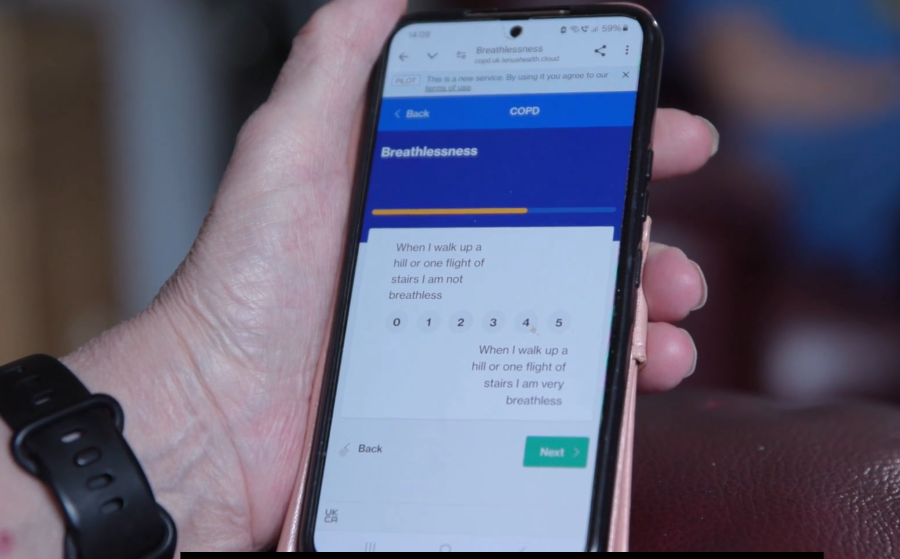AI study seeking to improve the prevention and management of pressure ulcers

The new research study has launched at Doncaster and Bassetlaw Teaching Hospitals (DBTH), with researchers hoping to share their findings across the NHS to help diminish the incidence and severity of pressure ulcers.
A new AI-powered research project is using patient data, including age, height, weight, pressure ulcer risk factors and stage of ulcer, to help improve clinical understanding around the prevention and management of pressure ulcers.
Pressure ulcers are when an area of skin becomes distressed due to prolonged contact with another surface, causing an injury to the underlying tissue. They are sometimes known as ‘pressure sores’ and ‘bedsores’. Daily, the NHS spends over £1.4 million on treating pressure ulcers.
The study aims to tackle this using an AI tool to develop for each patient a personalised care plan based on expected outcomes, suggesting a treatment plan which is also the most efficient and effective treatment, as well as holding the lowest carbon and economic cost.
The study, conducted by Scientists at Tunley Environmental, is currently in its early stages at DBTH, the only NHS Trust involved. Tunley Environmental’s team also works on initiatives in other sectors such as healthcare optimisation, utilising in-house PhD specialisations in artificial intelligence development.
This work was commissioned and funded by SBRI Healthcare. SBRI Healthcare is an Accelerated Access Collaborative (AAC) initiative, in partnership with the Health Innovation Network. The views expressed in the publication are those of the author(s) and not necessarily those of SBRI Healthcare or its stakeholders.
The study is currently in its data collection stage, meaning that clinicians are collecting anonymised data about patients with pressure ulcers, pressure ulcer prevention and treatment plans, and the outcomes and then feeding this data to the AI tool.
An example of required data that is collected is as follows:
- Basic patient data
- Category of ulcer
- Clinical pathway
The data collection phase will last for around a year and then move into the second phase, where, based on the past data it has collected, the AI tool will suggest a personalised clinical pathway for a patient based on all the factors above and considering the economic and carbon cost.
Kelly Phillips, Lead Nurse for the Skin Integrity Team at DBTH, said of the study: “We’re so excited to be involved in this research project, not only will it enable the associated economic and carbon impacts of pressure ulceration incidences and severity to be established but will ultimately be able to predict a truly personalised prevention or treatment pathway for our patients at risk of or living with a pressure ulcer.
“Removing clinical judgement when it comes to developing a personalised prevention or treatment pathway will not only save time, reduce variation in care but will be based on data and evidence, thereby providing that assurance to the patient and the healthcare professional that the right care is being provided at the right time’’.
Dr Nathan Wood, Senior Scientist and LCA Lead at Tunley Environmental, said “It is an exciting project with a lot of scope to make a positive difference to the management of pressure ulcers and make a meaningful impact on patient care”
In the future, the researchers hope to share their findings and tools across the NHS to help diminish the incidence and severity of pressure ulcers and to address the associated economic and carbon impacts of treatment pathways.
To read a full overview of the project and the AI tool, visit Tunley’s webpage here: https://www.tunley-environmental.com/pu-cpa-tool-for-pressure-ulcers
To find out more about how you can be involved in Research at DBTH please visit the dedicated page: Research and Innovation at Doncaster and Bassetlaw Teaching Hospitals – Doncaster and Bassetlaw Teaching Hospitals (dbth.nhs.uk)











